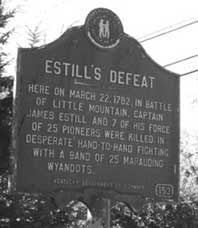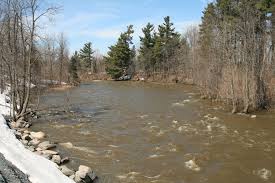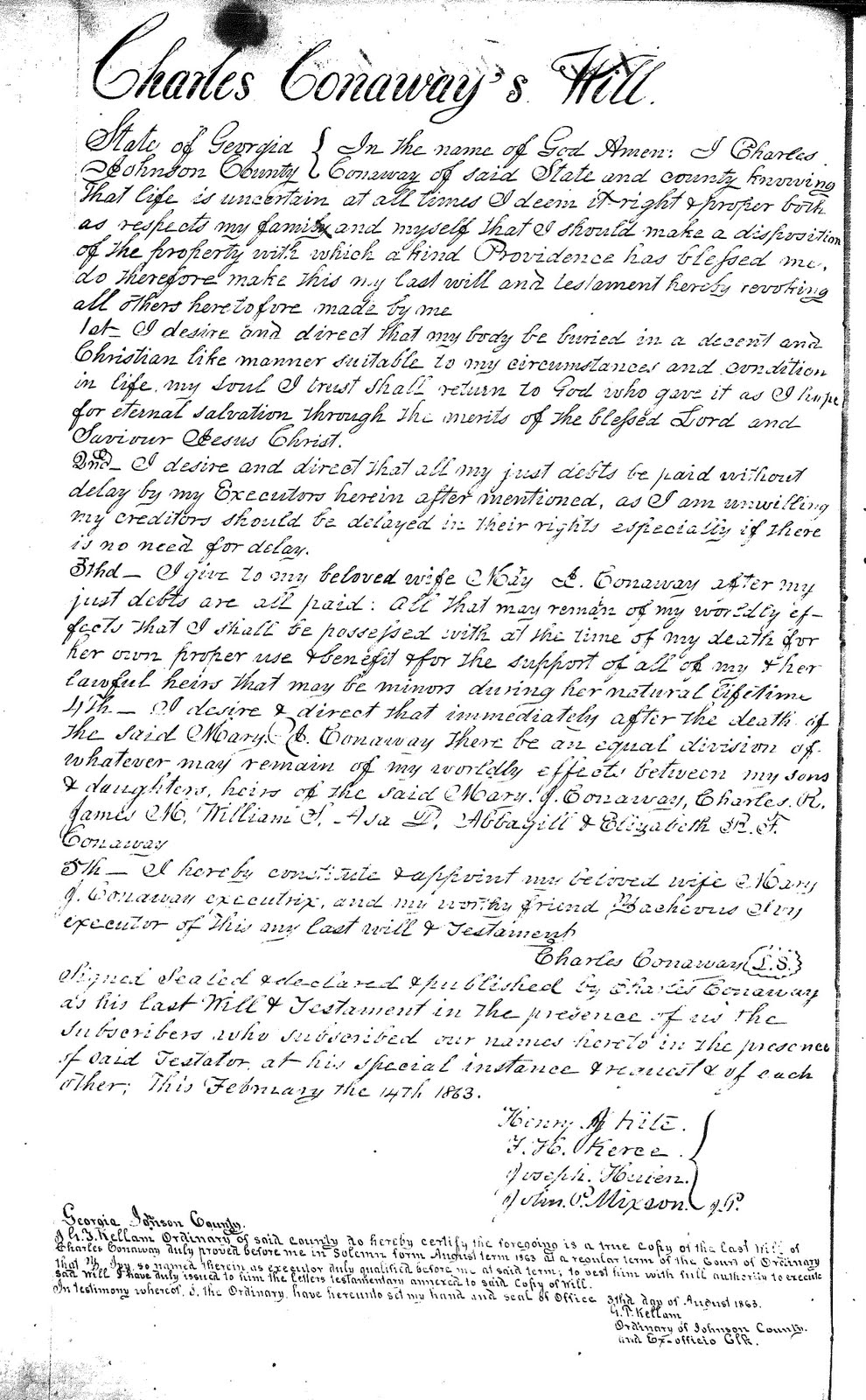The Battle of Little Mountain
 The Wyandot Indians raided Mt. Sterling on March 20, 1782 and a 14-year-old Jennie Gass was tomahawked and a former slave of Captain James Estill, Monk Estill, was captured. Captain Estill came to Estill's Station about 1779. This area is often called Fort Estill and a historical marker is posted near its location between Berea Road and the Blue Grass Army Depot fence. The Indians interrogated the slave and got an exaggerated version of the number of fighting men at Estills Station which convinced the Indians to put off an assault on the settlement. Two days later, Captain Estill and 26 settlers found the raiding party at Little Mountain near Mt. Sterling and attacked. Captain Estill was killed, and 13 of his fighters were killed or badly wounded. However, during the fight, Monk Estill managed to escape and carried with him one of the wounded white settlers back to the Estills Station. The distance was almost 25 miles. Monk Estill later distinguished himself as a maker of gunpowder and is thought to have mined saltpeter (potassium nitrate), a necessary component of black powder at Peyton Cave. Monk was married three times, and his wives bore 30 children. Later, the son of Captain Estill, Wallace Estill, emancipated Monk because of his service to the family. Although he was no longer their slave, the Estill family did not abandon Monk Estill in his old age. Wallace Estill provided for the former slave until his death in Madison County in 1835.
The Wyandot Indians raided Mt. Sterling on March 20, 1782 and a 14-year-old Jennie Gass was tomahawked and a former slave of Captain James Estill, Monk Estill, was captured. Captain Estill came to Estill's Station about 1779. This area is often called Fort Estill and a historical marker is posted near its location between Berea Road and the Blue Grass Army Depot fence. The Indians interrogated the slave and got an exaggerated version of the number of fighting men at Estills Station which convinced the Indians to put off an assault on the settlement. Two days later, Captain Estill and 26 settlers found the raiding party at Little Mountain near Mt. Sterling and attacked. Captain Estill was killed, and 13 of his fighters were killed or badly wounded. However, during the fight, Monk Estill managed to escape and carried with him one of the wounded white settlers back to the Estills Station. The distance was almost 25 miles. Monk Estill later distinguished himself as a maker of gunpowder and is thought to have mined saltpeter (potassium nitrate), a necessary component of black powder at Peyton Cave. Monk was married three times, and his wives bore 30 children. Later, the son of Captain Estill, Wallace Estill, emancipated Monk because of his service to the family. Although he was no longer their slave, the Estill family did not abandon Monk Estill in his old age. Wallace Estill provided for the former slave until his death in Madison County in 1835. Genealogy Records in Alabama, Georgia, Kentucky, North Carolina, South Carolina, Tennessee and Virginia
Get More Genealogy Real Estate
 | JOIN 8 Genealogy Websites |




